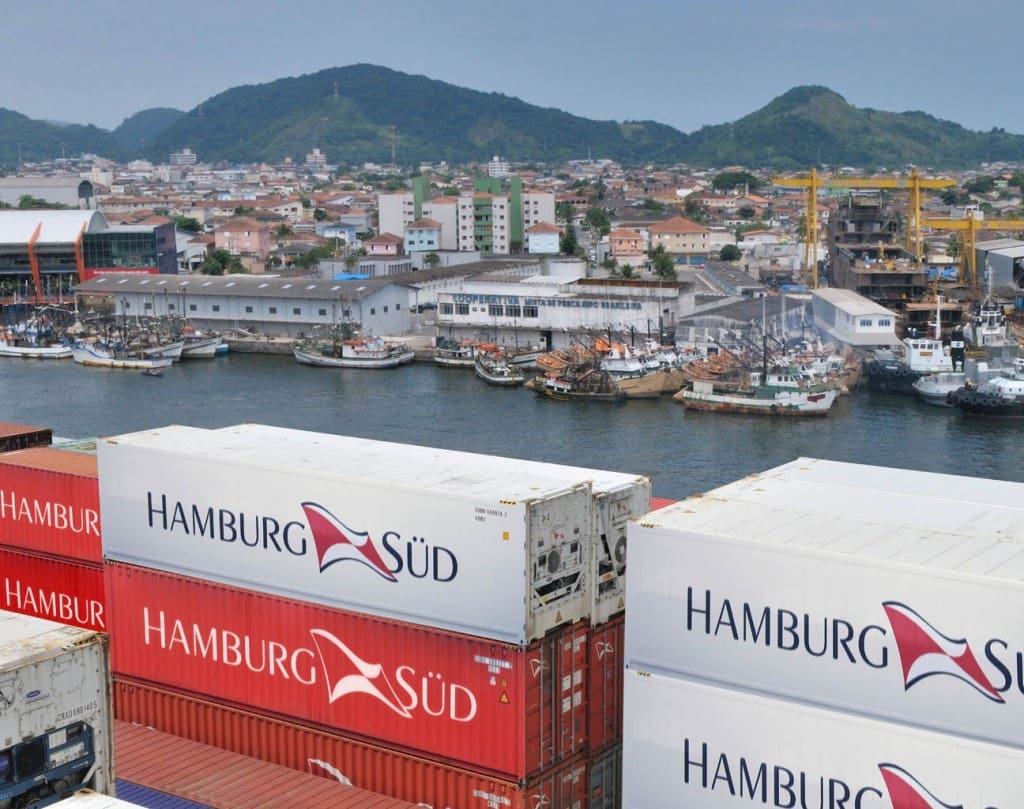
THE desperately tight slaughter cattle supply environment is being clearly reflected in latest export statistics released by the Department of Agriculture yesterday, showing January exports at little more than 50,000 tonnes.
Export beef capacity has slumped over the past 12 months, as two years of drought across eastern Australia pushes the national beef herd to 20 year lows.
January’s total export tonnage of 50,811t contrasts with exports of +67,000t and +69,000t for the corresponding periods in 2015 and 2014 respectively, and is considerably lower even that last year’s January performance of 58,300t.
Not since the extremely wet years of 2011 and 2012 have Australia’s January exports been smaller.
The reasons then were entirely different however, with extreme rainfall events hampering supply and creating havoc with logistics. Port of Brisbane, for example, the nation’s largest beef exit point, was shut for a fortnight in early 2011 as a result of damage caused by the Brisbane floods. Two wet years in 2011-12 also saw producers enter a strong herd-building phase, which further limited processor access to slaughter stock.
While January is inevitably the low-point in beef export statistics each year due to Christmas holidays processing plant closures – typically two to three weeks – the effect this year is much worse than normal. Almost all major customer markets were affected.
Trade into Japan, currently Australia’s largest export customer by volume and value, reached 14,316t, down 17pc on December exports, but surprisingly up about 20pc on this time last year.
The United States accounted for 11,614t of mostly frozen Australian beef in January, compared with 16,850t this time last year – a reduction of 31pc. Recent US herd rebuilding and currency movements against the Australian dollar since the start of the year have further impacted on US trade in January.
Third largest export market South Korea took just 9232t in January, only down about 300t on the same period last year, while fourth-placed China accounted for 5300t, back 27pc on December, but similar in year-on-year comparisons.
The relative stability of the Korean trade might be accounted for by the fact that volumes of imported beef started to build-up in bonded cold storage in Korea during December, waiting for clearance in January, in order to benefit from the January 1 reduction in imported beef tariff.
The tariff on chilled/frozen Australian beef into Korea declined from 32pc to 29.3pc from January 1 (see earlier report on 2017 tariff changes in customer countries including China, Japan, Korea and the US). Similar tariff changes into Japan do not occur until April 1.
Other markets were mostly flat to lower in January, with Indonesia accounting for 2434t, back 38pc on a year ago, while the Middle East trade reached just 1560t – little more than half the trade seen this time in 2016 – as competition from cheap Brazilian beef continues to encroach in the region.
Total trade to the European Union region reached just 874t in January, compared with 1328t this time a year ago.
Based on current beef processing patterns expressed in our weekly kill reports, exports in February are also shaping up as likely to be considerably lower than this time last year.
As highlighted in MLA’s recently released Beef Industry Projections, Australian beef exports for 2017 are projected to fall 5pc year-on-year, to 970,000t. While this is expected to be the third consecutive year-on-year fall, it will still be the fifth highest export volume on record, – behind 2014, 2015, 2016 and 2013.
